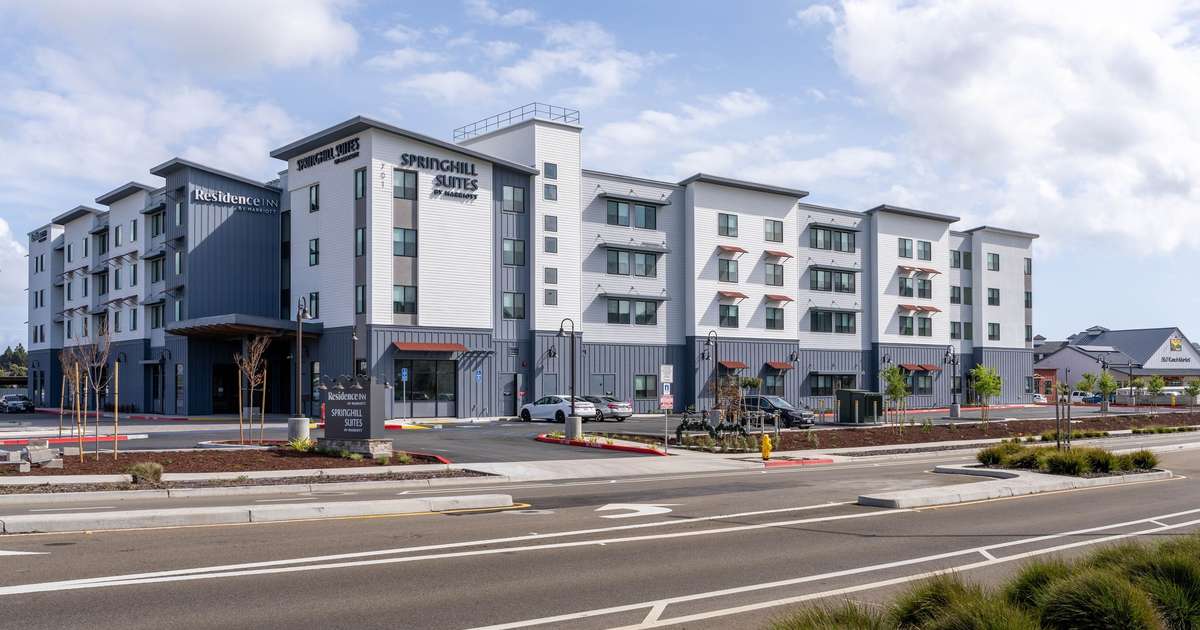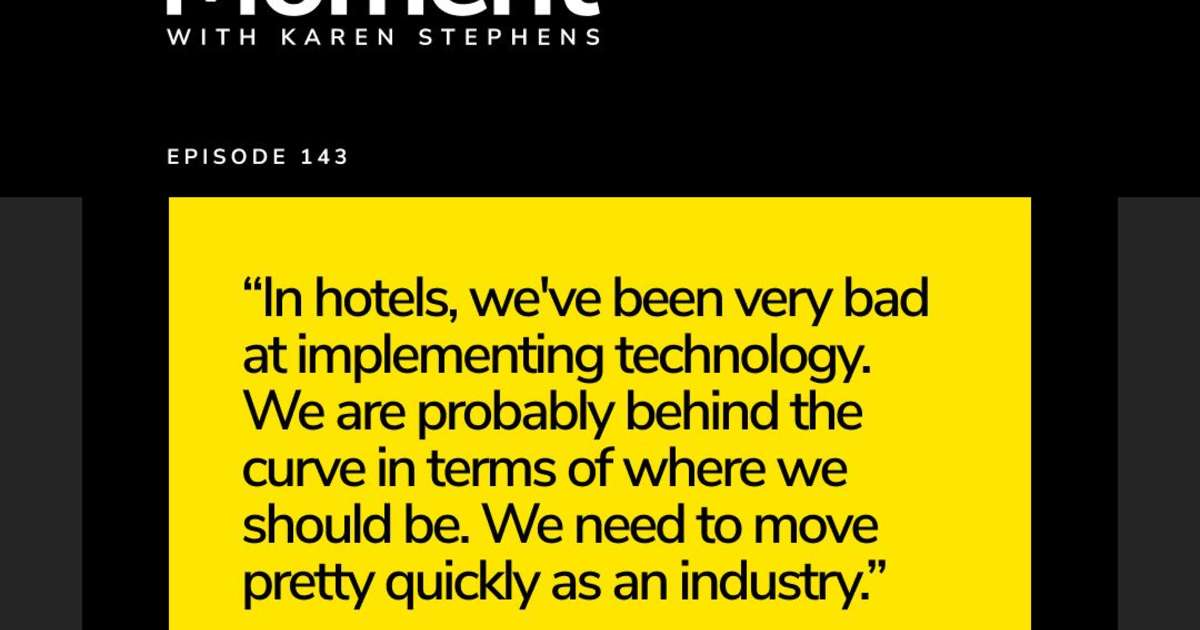I used to dread client demos. You know the drill: carefully crafted screenshots, static mockups, and that inevitable moment when the client asks “Can I click on it?” followed by an awkward explanation about how it’s just a visual representation.
Those days are over. WordPress Playground has completely transformed how I present work to clients, and honestly, it’s changed everything about the feedback process.
The Screenshot Problem
Static demos are fundamentally dishonest. They show a perfect moment in time that doesn’t represent how the site actually behaves. Clients can’t experience the flow, they can’t understand the interactions, and they certainly can’t grasp how the site will feel to use.
I’ve watched too many projects derail because what looked good in screenshots felt clunky in reality. The client would approve the design, then experience the actual interaction and suddenly have concerns that could have been addressed weeks earlier.
Enter Live Prototypes
WordPress Playground changes this entire dynamic. Instead of showing clients what their site might look like, I can show them exactly how it will work. They can click through pages, test forms, experience the navigation, and get a genuine feel for the user experience.
Here’s my current workflow: I build the initial prototype locally, then use a Playground Blueprint to recreate it in the browser. The client gets a link, opens it in their browser, and immediately starts exploring a fully functional WordPress site.
Creating Shareable Prototypes
The magic happens with Blueprints. These JSON files define exactly how to set up a WordPress instance – which theme to use, what plugins to install, what content to populate, and even what user accounts to create.
{ “landingPage”: “/”, “steps”: [ { “step”: “installTheme”, “themeZipUrl”: “https://your-theme-url.com/theme.zip” }, { “step”: “runPHP”, “code”: “ ‘Welcome’, ‘post_content’ => ‘Sample content…’, ‘post_status’ => ‘publish’)); ?>” }, { “step”: “setSiteOptions”, “options”: { “blogname”: “Client Project Demo”, “blogdescription”: “Interactive prototype” } } ] }
This Blueprint creates a complete environment with sample content, configured settings, and the exact theme setup. The client experiences their site with realistic content, not Lorem ipsum placeholders.
The Feedback Revolution
The quality of feedback I receive now is dramatically different. Instead of vague comments about visual elements, clients provide specific insights about user experience:
- “The menu feels too far from the content on mobile”
- “The contact form submission should show a clearer success message”
- “Can we make the search results load faster?”
These are actionable insights that come from actually using the site, not just looking at it.
Version Control for Prototypes
Here’s where it gets really powerful: I can create different Blueprint variations for different approaches or stages of development. Client wants to see two different homepage layouts? I create two Blueprints and send both links.
Each prototype is completely independent. Clients can’t break anything, and they’re always seeing exactly the version I intended them to see. No more “Did you see the latest changes?” conversations.
Beyond Visual Design
The most surprising benefit has been how well these prototypes communicate non-visual aspects of the project. Performance feels immediate because Playground sites load quickly. Accessibility features become apparent when clients actually navigate using keyboard controls. Mobile responsiveness isn’t theoretical – they can resize their browser and see it happen.
I’ve had clients discover preferences they didn’t know they had simply by using the prototype. One client realised they preferred a sidebar navigation after clicking through several pages, something that never would have emerged from static mockups.
Technical Considerations
There are a few things to keep in mind when using this approach:
Content Strategy: Populate prototypes with realistic content that reflects the client’s actual use case. Generic placeholder text doesn’t reveal navigation or layout issues that real content might expose.
Performance Expectations: Playground runs in the browser using WebAssembly, so it’s quite fast, but it’s not identical to a production server environment. I always clarify that final performance will depend on hosting setup.
Plugin Limitations: Some plugins don’t work in Playground, particularly those requiring external API access or specific server configurations. I test critical functionality beforehand and have backup plans for demonstrating these features.
The Broader Impact
This approach has shifted my entire client relationship dynamic. Instead of being the person who creates things for clients to approve, I’ve become a collaborator helping them discover what they actually want. The prototype becomes a shared tool for exploration rather than a finished artifact for judgement.
Clients feel more involved in the process because they’re interacting with their site throughout development, not just seeing it for the first time at launch. This leads to better outcomes and, frankly, happier clients who feel heard and understood.
If you’re still using screenshots and static mockups for client presentations, you’re missing out on so much valuable feedback and collaboration opportunity. WordPress Playground makes interactive prototypes accessible to any developer – no complex setup required, no server management, just functional WordPress sites that clients can actually use.
The era of “it’s just a visual” is over. Show your clients how their site actually works, and watch the quality of your projects improve dramatically.
Please visit:
Our Sponsor


